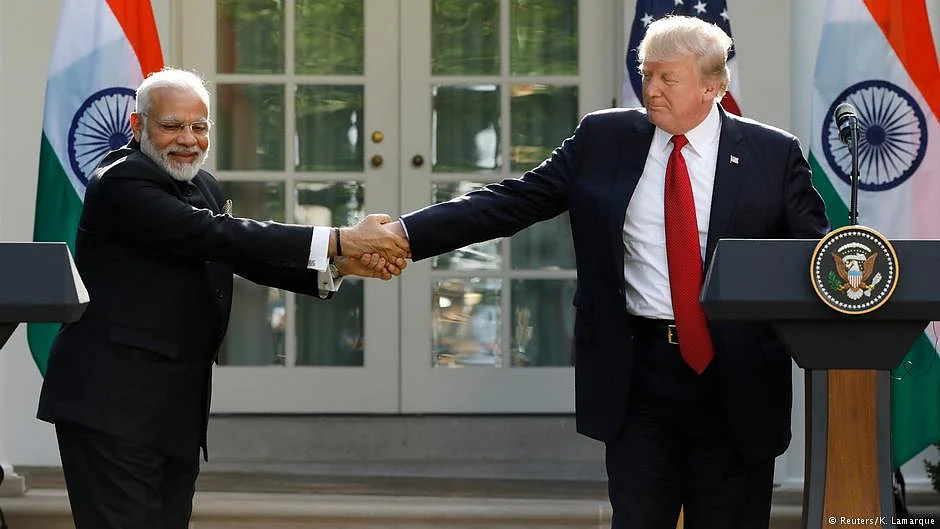Is Donald Trump tariff a big blow or has India got away lightly?
Confusion persisted in the wake of US president’s announcement of reciprocal tariff on trading partners, including India

The rate of 26 per cent on India, which comes into effect from 9 April on all exports to the US, is lower than the 34 per cent imposed on China, 46 per cent on Vietnam, 37 per cent on Bangladesh and 36 per cent on Thailand.
Initial reactions from trade circles exuded relief and even the hope that it would make Indian exports more competitive, especially the textile and garment sector. While a sectoral assessment will have to wait for more details to emerge, there is also relief in India that the farm sector and agricultural produce have not been touched by the new tariff plan yet.
However, Chinese exports will also become more competitive in relation to Bangladesh and Vietnam, which have been slapped with higher rates of tariff. The unpredictable US president, however, has kept the doors open for negotiations and to the possibility of revising or reversing the proposed tariff regime. India, which is negotiating a trade deal with the US, hopes to finalise the details by October this year.
How the trade deal impacts Indian agriculture and agricultural produce will eventually determine the overall impact on the Indian economy. The continued uncertainty, with China and the European Union having promised to impose retaliatory tariff, will also keep the Indian market volatile.
The silver lining is that India is much less dependent on Indian imports than several other South Asian countries. This affords an opportunity for India to ramp up its manufacturing, make it more efficient and to identify other trading partners. How Indian policy makers succeed in preventing American goods from flooding the Indian market will affect the fortune of businesses in the country. A corn farmer in Punjab may not be able to compete with a farmer from Nebraska in the US.
While the US administration has exempted pharmaceutical products from the list of imports hit by reciprocal tariffs, US has indicated potential tariffs on IT services, a sector where India has substantial exports.
“The US reciprocal tariffs are set to have a multifaceted impact on India's economy, with significant effects on key export sectors and associated industries. The magnitude of these impacts will depend on the duration of the tariffs and the ability of Indian industries to adapt to the evolving trade landscape,” observed an expert on foreign trade.
In India’s case, after the first phase of the universal 10 per cent tariff takes effect on Saturday, 5 April, a 16 per cent tariff will kick in after 9 April, bringing the total duty to 26 per cent. The tariffs imposed on India are also higher than the 24 per cent duty on Japan, 25 per cent on South Korea, 24 per cent on Malaysia, 20 per cent on the European Union and 10 per cent on the UK. Most of these countries however are not competing with India and export to the US products which are not exported from India.
Follow us on: Facebook, Twitter, Google News, Instagram
Join our official telegram channel (@nationalherald) and stay updated with the latest headlines
